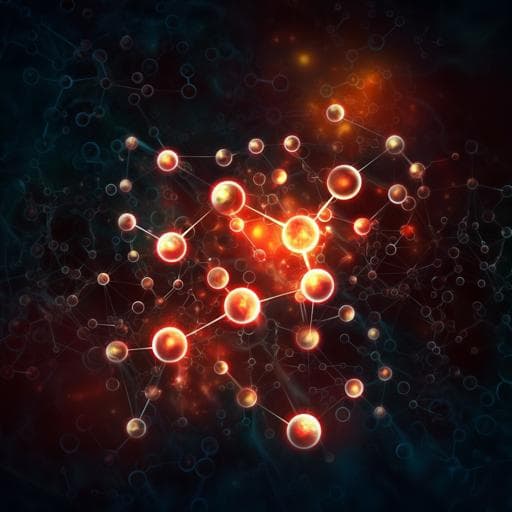
Medicine and Health
iUMRG: multi-layered network-guided propagation modeling for the inference of susceptibility genes and potential drugs against uveal melanoma
Y. Ren, C. Yan, et al.
Discover groundbreaking insights into uveal melanoma (UM) with the innovative computational framework iUMRG, developed by researchers Yueping Ren, Congcong Yan, Lili Wu, and others. This tool not only identifies susceptibility genes but also reveals potential drugs, enhancing precision medicine for UM treatment.
~3 min • Beginner • English
Related Publications
Explore these studies to deepen your understanding of the subject.







